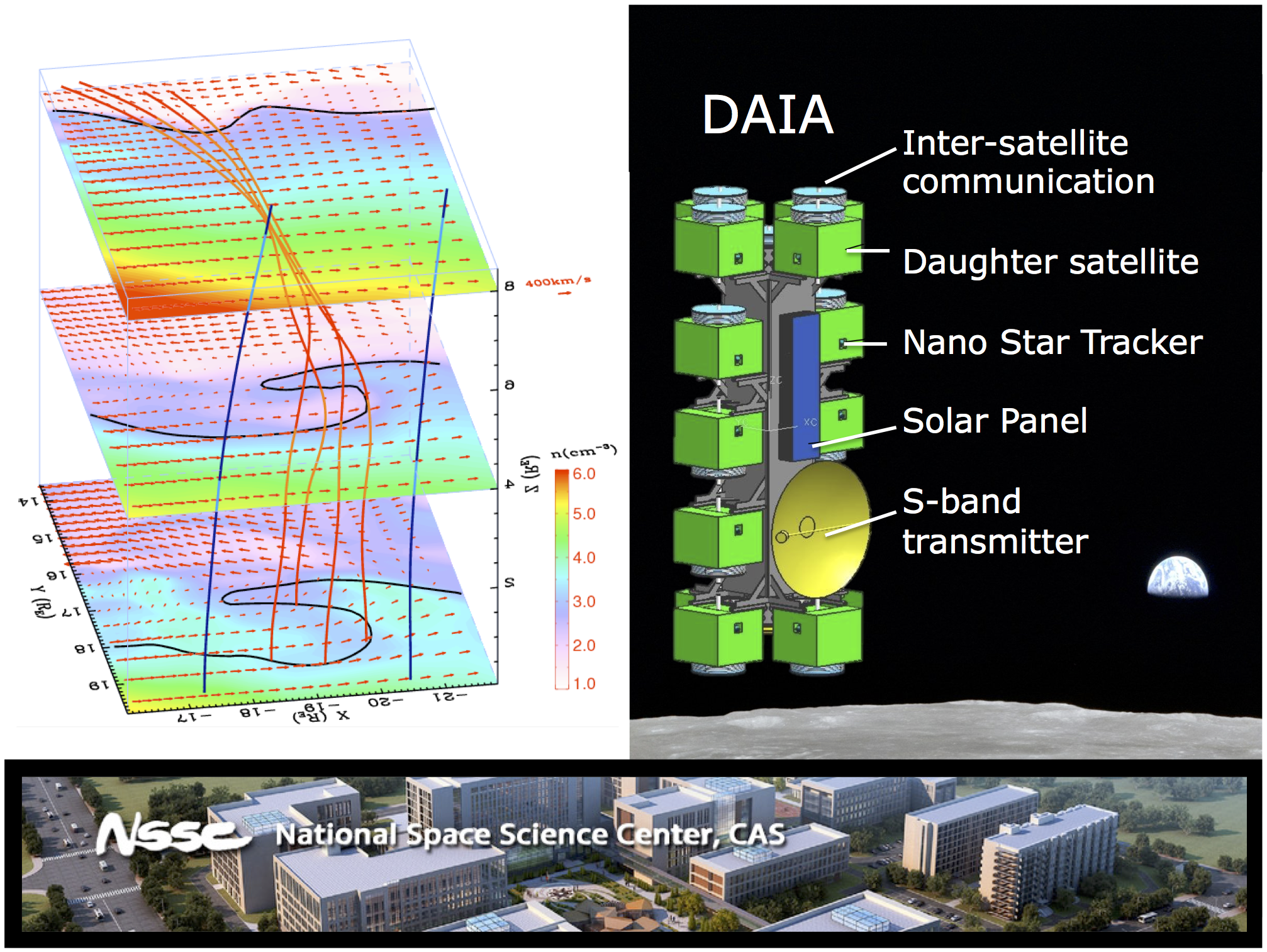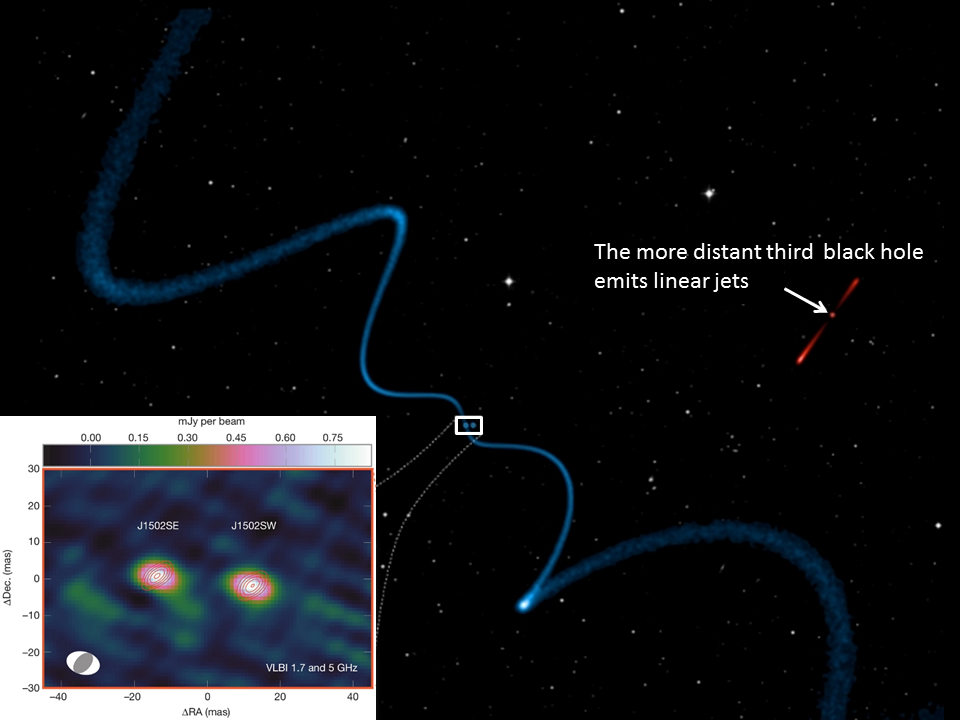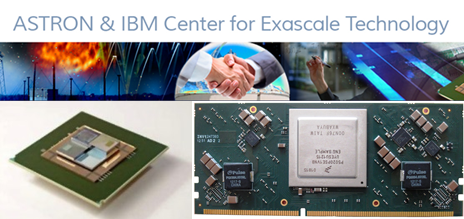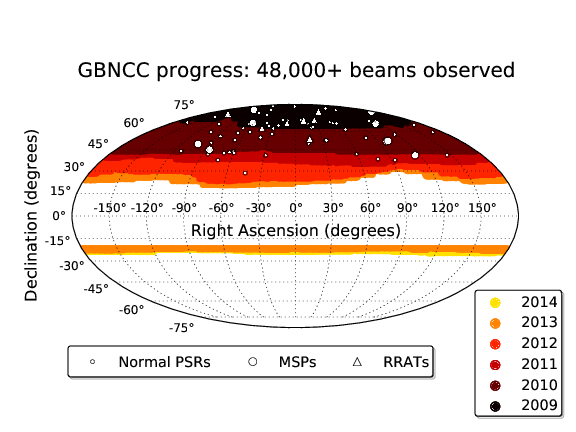 © ASTRON
© ASTRON
At the end of 2013, POLFAR received a grant from the Polish Minister of Science and Higher Education for the construction and equipment of three international LOFAR stations as part of their national research infrastructure investment. The new LOFAR stations will be located in Łazy (in southern Poland, operated by the Jagiellonian University in Krakow), Ba�dy (in northern Poland, operated by the University of Warmia and Mazury in Olsztyn), and Borowiec (in western Poland, operated by the Space Research Centre of the Polish Academy of Sciences). The formal agreement between the POLFAR consortium and ASTRON now marks the start of the preparations for the roll-out of these new stations.
Astronomical interests in Poland range from neutral hydrogen distribution in the early universe, to the timing of pulsars and studies of magnetic fields in various intergalactic, interstellar, planetary, and solar environments.
The International LOFAR Telescope has 38 stations in the Netherlands, six in Germany, and one each in France, Sweden and the United Kingdom. Connecting the three new POLFAR stations will add valuable extra sensitivity to the array. Moreover, the Polish stations provide new baselines of up to 1550 km in the array, making the ILT a much more capable instrument for high resolution imaging of detailed structures. Finally, the positions of the new stations literally provide new angles on ionospheric tomography.
The manufacturing of all components for the POLFAR stations, such as the thousands of antenna elements, and electronics, are to be contracted out to industry. The construction of the three new stations will start immediately and is estimated to be completed before the end of 2015.
The image shows the representatives of POLFAR and ASTRON at the LOFAR signing ceremony:
 © JvL
© JvL © ASTRON
© ASTRON © astron
© astron © ASTRON
© ASTRON © -
© - © Manel Perucho (Universitat de Valencia)
© Manel Perucho (Universitat de Valencia) © Tammo Jan Dijkema, Bram Veenboer
© Tammo Jan Dijkema, Bram Veenboer © SKA-TSM
© SKA-TSM © NSSC,CAS / NASA
© NSSC,CAS / NASA © astropix.nl
© astropix.nl © R. P. Deane et al.
© R. P. Deane et al. © Madroon Community Consultants (MCC)
© Madroon Community Consultants (MCC) © Secretary ASTRON/JIVE
© Secretary ASTRON/JIVE © ASTRON, 2014
© ASTRON, 2014 © (c) Astron 2014
© (c) Astron 2014 © ASTRON & IBM
© ASTRON & IBM © Kevin Stovall
© Kevin Stovall © Astron
© Astron © ASTRON
© ASTRON







